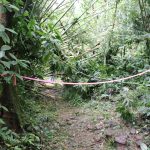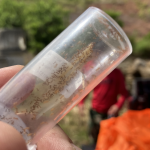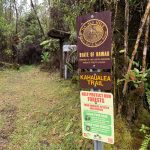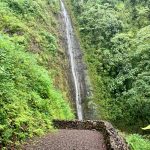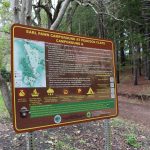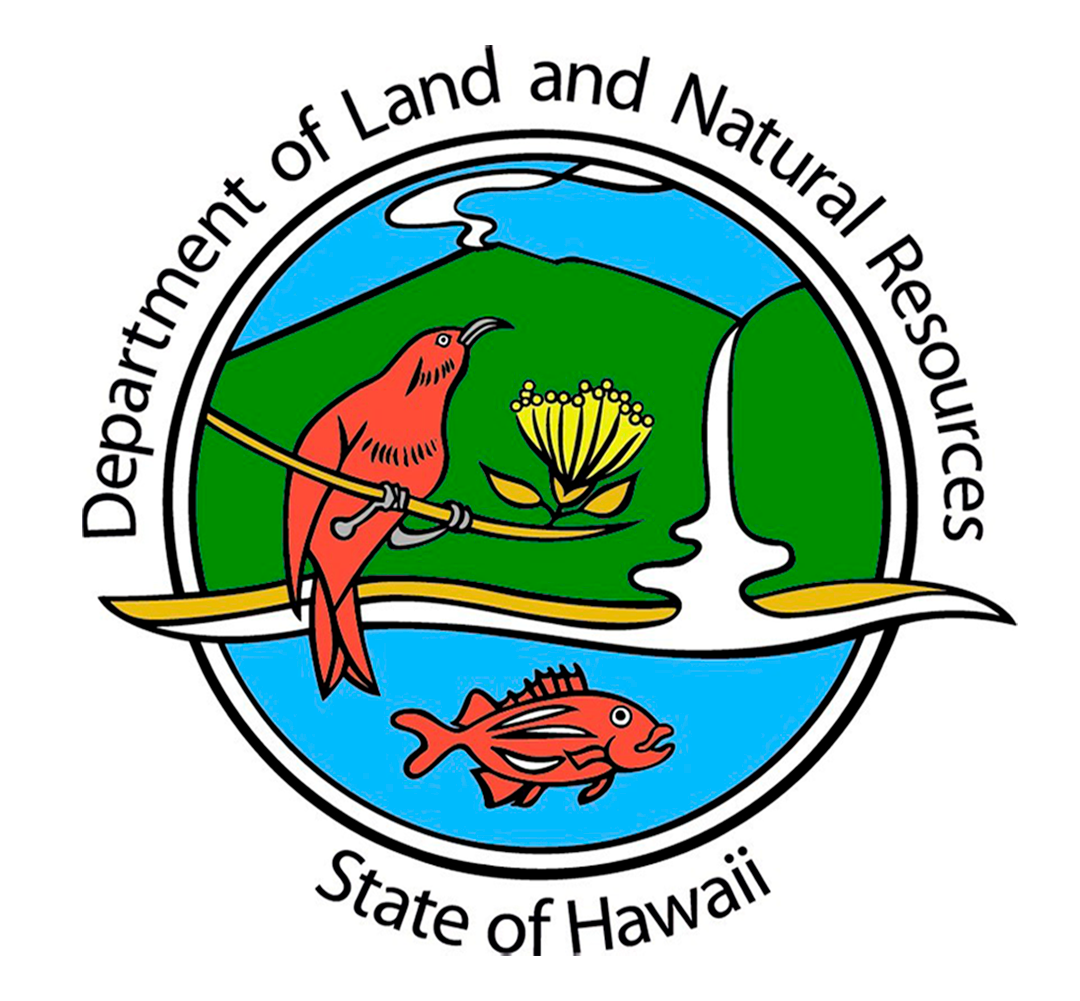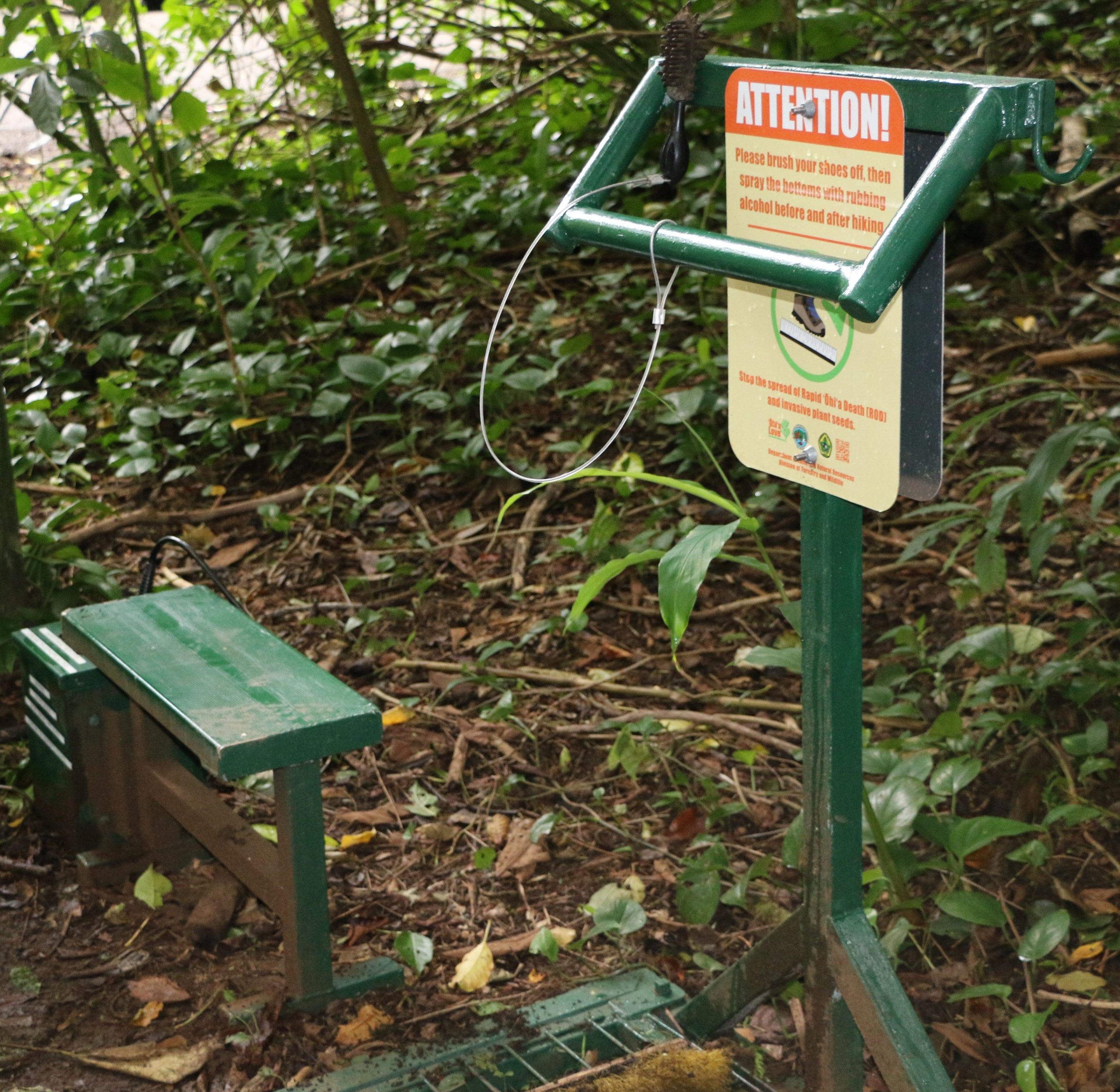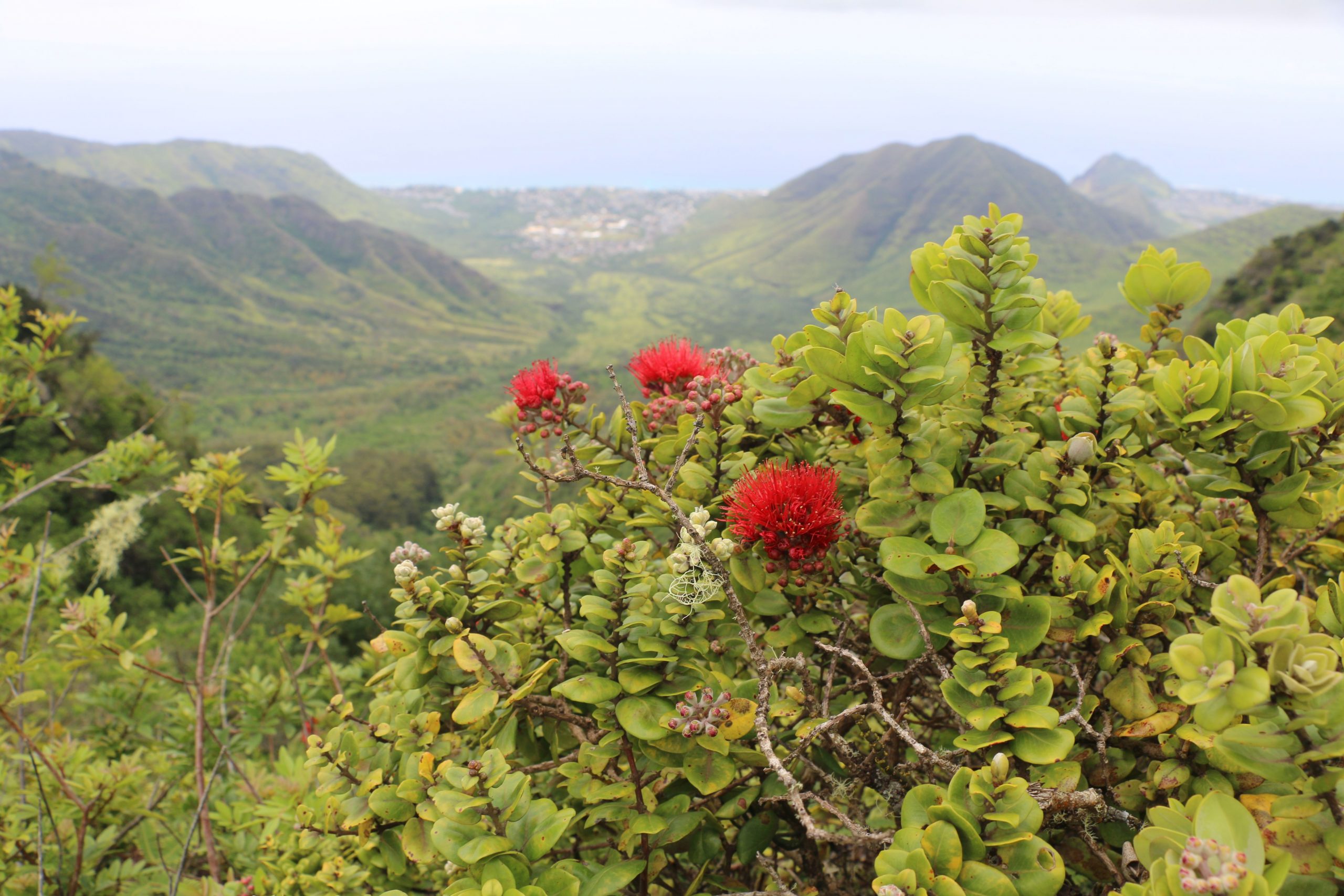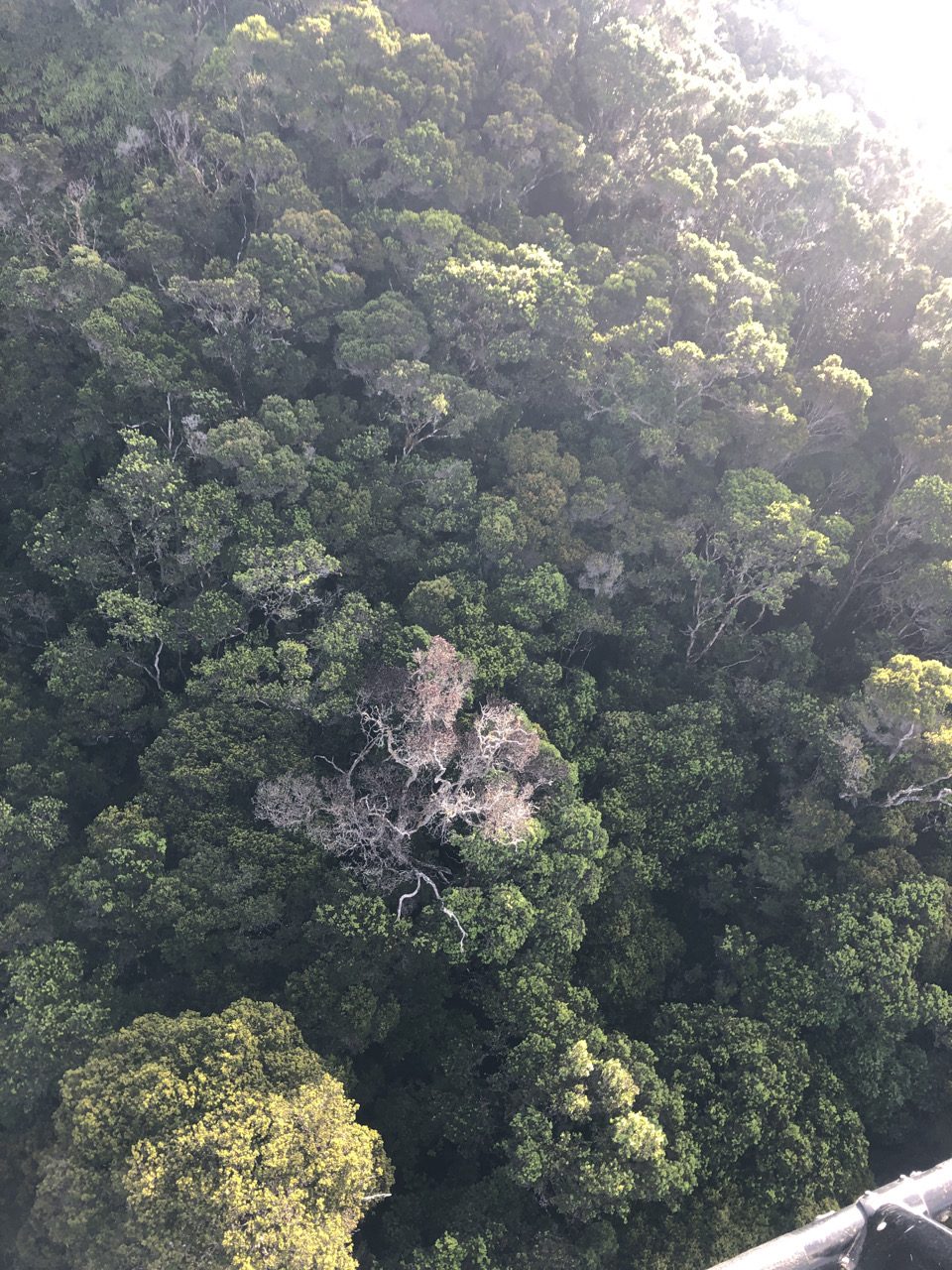JOSH GREEN, M.D. GOVERNOR DAWN CHANG CHAIRPERSON MĀNOA FALLS TRAIL TEMPORARILY CLOSED HONOLULU — The popular Mānoa Falls Trail is closed this afternoon and will remain closed through tomorrow, May ...
Read More 5/15/25 – MĀNOA FALLS TRAIL TEMPORARILY CLOSED
Trail
HONOLULU — The Ka‘iwa Ridge Trail, popularly known as the Lanikai Pillbox Trail, will close for Little Fire Ant (LFA) treatment from 6-10 a.m. tomorrow, May 7. Several agencies including the DLNR Division of Forestry and Wildlife (DOFAW), the O‘ahu Invasive Species Committee (OISC), and the Hawai‘i Department of Agriculture are partnering in the effort to control LFA at this location.
JOSH GREEN, M.D. GOVERNOR DAWN CHANG CHAIRPERSON FOR IMMEDIATE RELEASE October 4, 2024 KAHAUALEʻA NATURAL AREA RESERVE TO REOPEN FOLLOWING VOLCANIC ACTIVITY (HILO) – Access is being restored to ...
Read More 10/4/24 – KAHAUALEʻA NATURAL AREA RESERVE TO REOPEN FOLLOWING VOLCANIC ACTIVITY
JOSH GREEN, M.D. GOVERNOR DAWN CHANG CHAIRPERSON FOR IMMEDIATE RELEASE July 3, 2024 MĀNOA FALLS TRAIL CLOSED JULY 8-12 Temporary closure during trail maintenance and enhancements (HONOLULU) – The Mānoa ...
Read More 7/3/24 – MĀNOA FALLS TRAIL CLOSED JULY 8-12
(HONOLULU) –The upcoming State of Hawai‘i Department of Transportation (HDOT) repair work on the Mākaha Bridge will close part of Farrington Highway from Friday, September 29 through Sunday October 1. Farrington Highway will be fully closed between Kili Drive and Makau Street during the Phase 2 Closure. No through traffic will be allowed during these times. During this time vehicular access to the Kuaokalā Forest Reserve, Mokulē‘ia Forest Reserve and Kuaokalā Game Management Area, managed by the Department of Land and Natural Resources (DLNR) Division of Forestry and Wildlife (DOFAW), will be affected. The forest reserves, game management area and all trails will remain open and accessible from the Mokulēʻia side only, via foot and bike.
(HONOLULU) – Starting Monday, the DLNR Division of Forestry and Wildlife (DOFAW) will conduct maintenance work in the Kamananui Valley, commonly referred to as Moanalua Valley, on Oʻahu. The Kamananui Valley Road Trail and the Kulana‘ahane Trail will be intermittently closed for vegetation clearing and road improvements.
(HONOLULU) - Hawaiian Electric Co. (HECO) has stepped up to help reduce the spread of the Rapid ‘Ōhi‘a Death (ROD) disease on Oʻahu through the design, fabrication, and installation of a new style of boot brush station for trailheads. Sean Moura, Hawaiian Electric wildlife biologist, took an existing boot brush design and modified it to be more inviting and user-friendly.
(Pololū Valley, Hawai‘i Island) – “Everyone is recognizing the overuse of Pololū and the community wanting to do something about it,” begins Jackson Bauer.
(HILO) – A newly released study by federal and university researchers provides “encouragement and guidance” for land managers wanting to reestablish ʻōhiʻa stands wiped out by the fungal disease, Rapid ʻŌhiʻa Death, or impacted by other disturbances like volcanic activity and wildland fires.
(LĪHU‘E) – Almost four years after Rapid ʻŌhiʻa Death (ROD) was first detected in a lower-elevation forest in northeast Kaua’i, the fungus known to exclusively infect ʻōhiʻa has been found in a dead ʻōhiʻa in the pristine wilderness area of the Alakaʻi at 4,100-feet elevation.
